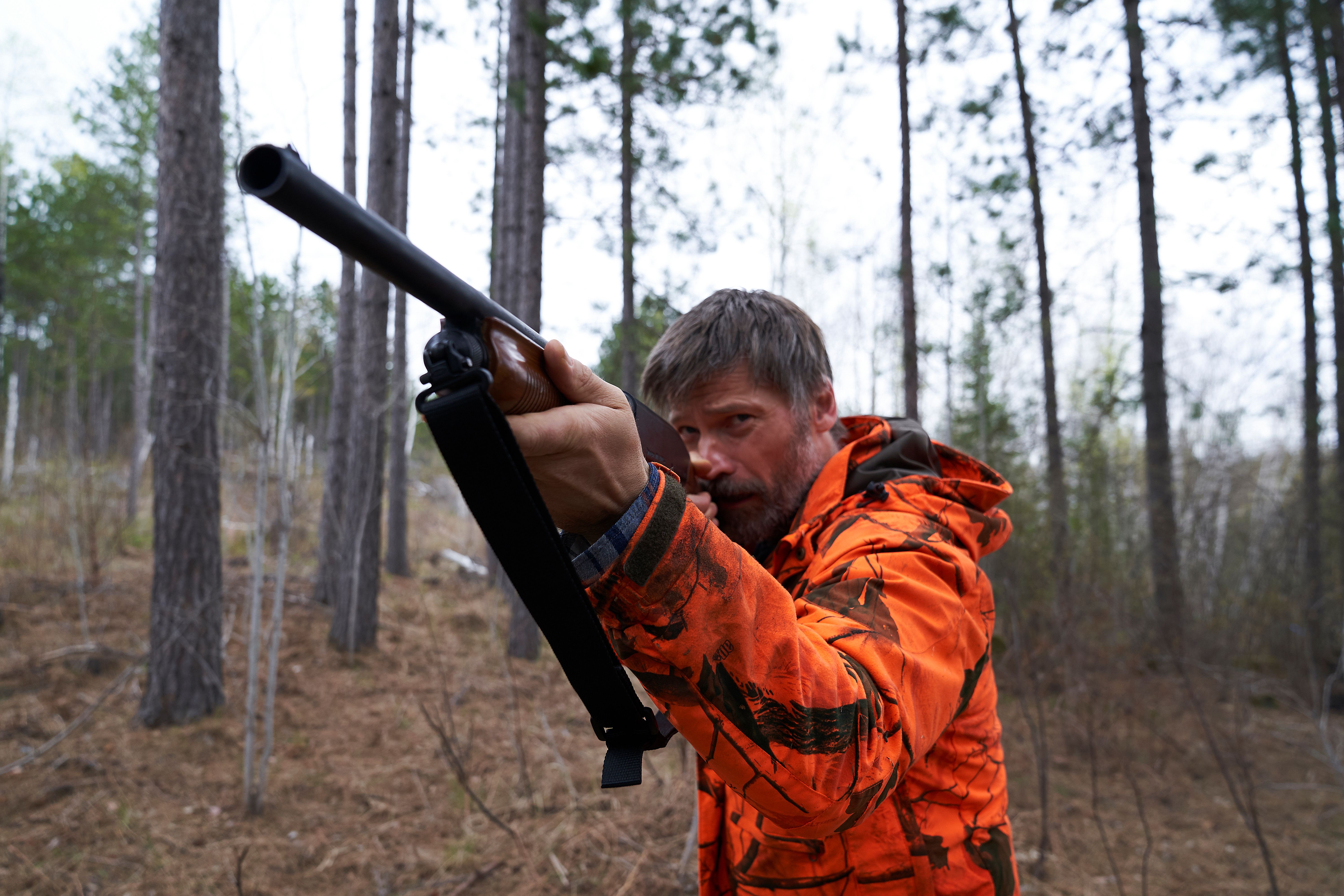What to Watch Verdict
This mystery thriller manages to be thrilling until its mystery causes the tension to collapse.
Pros
- +
Nikolaj Coster-Waldau is as good as ever.
- +
Slow burn tension is engrossing.
- +
Antler fight!
Cons
- -
Confused character arcs.
- -
Ending bogged down with exposition.
- -
Mystery's resolution is unsatisfying.
As a critic, I really resist the temptation to consider a film’s ending as the sole measure of whether a film turns out to be good or not, but with mysteries like The Silencing, it’s really hard not to make an exception. Mystery plots rely on a lot of set-up and payoff to make the resolution of the central intrigue emotionally engaging for the audience, so even if you’re enjoying such components as the acting, the dialogue, the cinematography, or even the overall plot, the fumbled ending bears the very real risk of tainting everything that came before it, exposing a hollowness in the storytelling that might not have been obvious without all the component pieces assembled. It does me no pleasure to have reached this conclusion about The Silencing, a film that seems to have quite a lot going for it until you realize that it has nowhere to go but down.
Set in a rural town, The Silencing follows Rayburn Swanson (Nikolaj Coster-Waldau of Game of Thrones fame), an alcoholic former hunter who now runs a wildlife preserve in memory of his teenage daughter, who mysteriously disappeared five years prior. We’re also introduced to Sheriff Alice Gustafson (Annabelle Wallis), who is investigating the murder of a teenage girl whose body was found in the preserve with a cut along her voice box. However, the investigation becomes sidetracked by her troublemaking kid brother (Hero Fiennes Tiffin), who alludes to perhaps being in over his head in some mysterious criminal enterprise. These concurrent plots collide when Rayburn happens to notice a teenage girl running for her life on one of the park security cameras, pursued by a person in full ghillie suit camouflage, and he makes the decision to go out and rescue her.
There is a lot that is immediately likeable about this set-up. Coster-Waldau is an old hand at playing a character haunted by regret that stumbles his way toward redemption, so it’s no surprise that he’s perfect casting for Rayburn’s sad dad shtick. Sheriff Gustafson mainly serves as the point of view for the utilitarian investigation beats in this story, but she’s complicated enough by her relationship with her criminal brother that she has just enough dimension to not simply be a stock cop archetype, which Wallis capitalizes upon as much as she’s able. The film takes its time to introduce us to its lead characters, enough that we want to root for them, though not so much that it becomes tedious. It feels as though the film is laying the groundwork for something that will tie the fates of these people together.
Unfortunately, it slowly becomes clear that The Silencing might have had too many ideas for its own good about what kind of story it wanted to tell. As the plot develops, screenwriter Micah Ranum seems to have conflicting ideas about whether Rayburn’s arc is based on finding closure through a surrogate daughter figure or by taking revenge against a serial killer as a way to accept that his missing daughter is indisputably dead. This lack of focus certainly makes the film particularly twisty, especially as Sheriff Gustafson complicates Rayburn’s attempts to do the right thing, but it isn’t building to a cohesive thought about who Rayburn is and what he needs in order to move on with his life.
But as I alluded to, the real failing lies in the film’s ending, which trips into one of the biggest traps that a mystery story can fall: exposition that creates new pieces of the puzzle, rather than fitting together pieces we already had. Without getting into spoiler territory, the identity of the killer in The Silencing is so far out of left field that it’s actually bewildering, and the explanation of their motives and backstory is so convoluted and nonsensical that it ultimately feels more like a contrivance than a grand reveal. In retrospect, it makes all of Sheriff Gustafson’s investigating feel hollow and pointless, composed entirely of red herrings as the film dances around any clues that would point us toward a plausibly real answer. And Rayburn’s arc similarly falls flat for reasons that undermine the growth he may have been experiencing up to that point.
It feels a lot like The Silencing was written with a climax in mind that the rest of the story was just not up to the task of properly building toward. Which is a shame, because the moody, slow burn of Robin Pront’s direction and some genuine moments of cinematic invention – a fight scene involving deer antlers comes to mind – hold the promise of a pretty good mystery thriller. It’s just a waste when the mystery part of that equation is handled so sloppily.
The Silencing will be available in theaters, on demand, and on digital on August 14, 2020.
The latest updates, reviews and unmissable series to watch and more!
Leigh Monson has been a professional film critic and writer for six years, with bylines at Birth.Movies.Death., SlashFilm and Polygon. Attorney by day, cinephile by night and delicious snack by mid-afternoon, Leigh loves queer cinema and deconstructing genre tropes. If you like insights into recent films and love stupid puns, you can follow them on Twitter.


